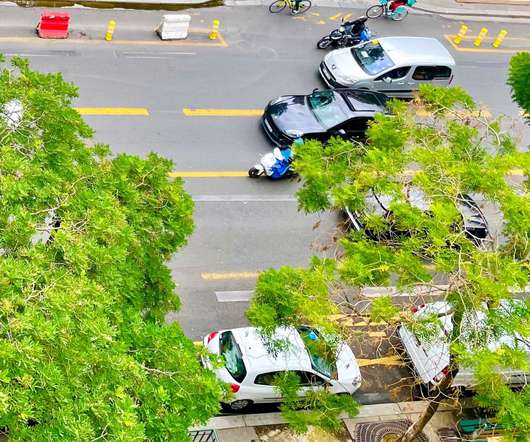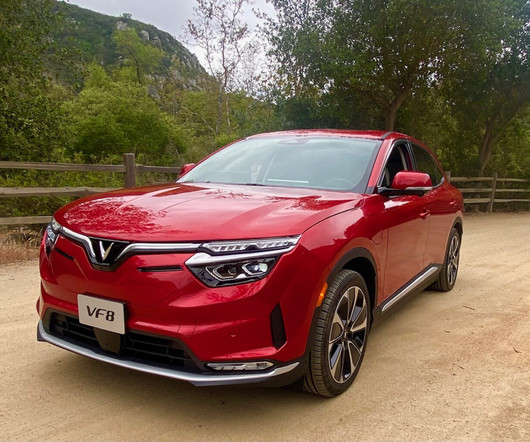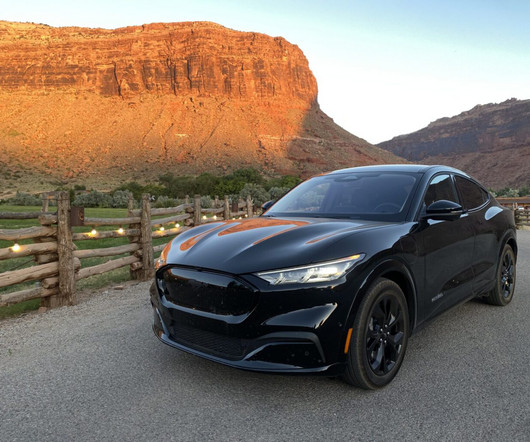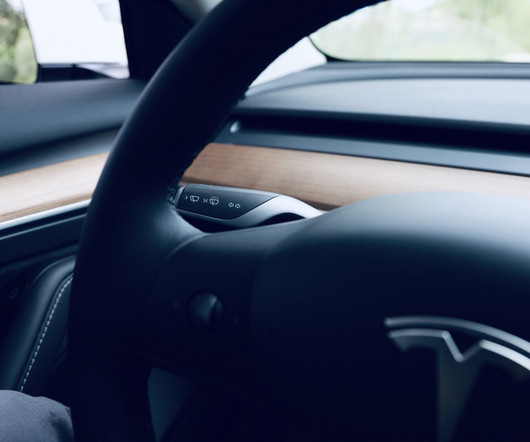Model predicts lane changes, could inform driver-assist systems
Green Car Congress
JULY 5, 2021
Researchers at the Nebraska Transportation Center have developed a new model to help predict when vehicles will change lanes. Their efforts could ultimately help give advanced driver-assistance systems more lead time to react. These categories are based on the result of the lane change.






















Let's personalize your content